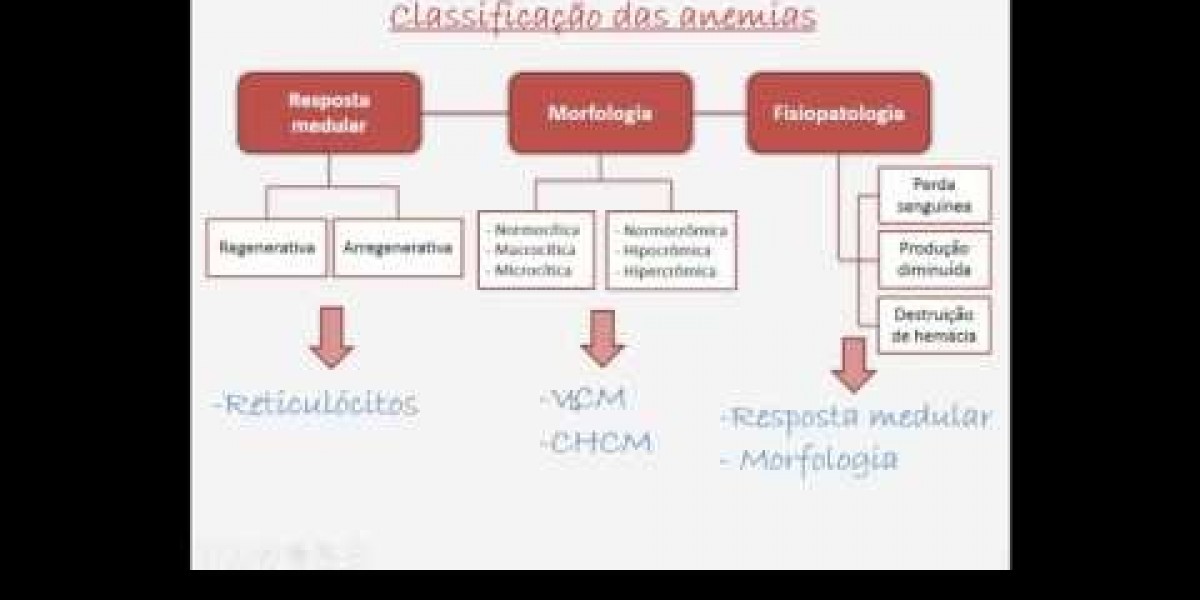In modern roll-to-roll production, achieving consistent tension and alignment is critical for maintaining product quality, and one of the most effective solutions is the use of a Differential Air Shaft. This advanced component ensures that materials like films, foils, and papers unwind or rewind evenly, preventing wrinkles, misalignment, and material damage. By balancing torque along the roll, it allows manufacturers to handle varying roll diameters efficiently, which is particularly important in high-speed industrial operations.
The core principle behind this equipment involves distributing pressure along the shaft's length to accommodate differences in roll size or weight. When a large roll begins to unwind while a smaller one follows, uneven tension can occur, leading to defects in the final product. This device automatically compensates for these discrepancies, ensuring smooth and uniform movement. It is widely used in industries such as packaging, printing, textiles, and labeling, where precision and efficiency are key.
Material compatibility is an essential consideration for manufacturers. Different substrates—ranging from flexible plastic films to aluminum foils—require variations in pressure distribution and torque control. A properly designed system can handle a range of materials while maintaining consistent tension, which reduces scrap rates and enhances overall production efficiency.
Integration with automation systems further enhances the operational advantages. Sensors and control units can monitor speed, torque, and load in real time, making fine adjustments to maintain stability. By reducing manual intervention, manufacturers can achieve higher consistency and prevent costly errors during continuous production runs. These features also support predictive maintenance, helping operators identify potential issues before they lead to downtime.
Safety is another critical aspect. Over-tension or sudden slack can damage material and machinery, so reliable mechanisms built into these devices protect both the product and equipment. Operators can rely on consistent performance without constant monitoring, which improves workplace safety and reduces the risk of accidents.
Energy efficiency is increasingly prioritized in modern production environments. Components are designed to minimize air consumption and mechanical losses while still providing precise control. This focus aligns with global sustainability trends, reducing operational costs and environmental impact while ensuring consistent manufacturing results.
Maintenance and durability are key benefits. Modular designs allow quick inspection and replacement of parts without halting production. Proper training ensures that operators can maximize efficiency while reducing errors, leading to long-term reliability. The combination of precision engineering, adaptable materials, and intelligent automation makes these systems indispensable in competitive industrial markets.
Looking forward, innovation continues to improve functionality and ease of use. New materials, enhanced balancing mechanisms, and more precise controls allow manufacturers to handle larger roll sizes, higher speeds, and more complex materials. These improvements help maintain product quality, reduce waste, and increase operational flexibility across multiple sectors.
In summary, precision tension management solutions exemplify the intersection of engineering, automation, and material science. By implementing these systems, manufacturers can achieve consistent output, reduce downtime, and maintain high-quality standards in demanding production environments.
For more information, visit https://www.cbbmachine.com/news/industry-news/differential-air-shafts-key-components-applications-benefits-and-more.html.
































